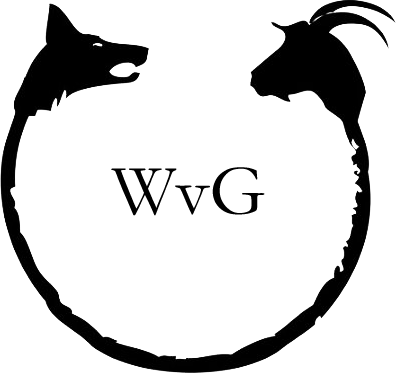If the world can thank GQ and #menswear for anything, it might be the return of bold prints to the clothing mainstream. Where five years ago you’d find nothing but an array of white, blue – and if daring – pink medium weight oxford cloths, now you can see exotic patterns gracing shirts everywhere. Even business casual mavens aren’t afraid to throw on an indigo dot or sailboat print button down. When buying these shirts, though, it’s important to bear in mind that not all patterned shirts are created equal: there are shirts made from fabrics produced by Jacquard weaving techniques, and then there is everything else.
Most fabrics with a print have that print added on post-weaving – similar to those screen-printed t-shirts everyone made in high school to show off to their friends. A woven roll of fabric is run through an electronic printing press that prints a pattern directly onto the fabric. In contrast, a Jacquard loom weaves the pattern directly into the fabric itself by varying the color and type of thread used for the warp.
Jacquard weaving techniques have been around since the 1800s. The first Jacquard loom was built, unsurprisingly, by Joseph Jacquard, a French weaver and merchant. Joseph’s loom functioned like an early computer – a series of punch cards controlled which warp threads were used in the weaving, allowing complex patterns to be woven by machine, instead of needed to be sewn by hand. Today, these punch cards have been replaced by modern computing, and the machines can weave incredibly complex patterns.
All this complexity is for a purpose. Jacquard loomed fabrics are rarer and more durable than their printed cousins. The fabric also has a smoother texture, as the pattern or design sits within the fabric, not on top of it – which can make a difference if a fabric is doubled up and the pattern is sitting against your skin. Sounds great, right? Unfortunately, Jacquard weaving does have its downsides. Jacquard weaving machines are expensive, and the process of threading the loom – adding the colored warp threads that will make up a pattern – is complex and time consuming, and requires a special threading robot. Even a simple pattern can take days to set up.
All of this comes at a price. In general, Jacquard fabrics are more expensive. But isn’t it worth it to be able to say that your shirt is the product of one of the world’s earliest punch card computers?
X
